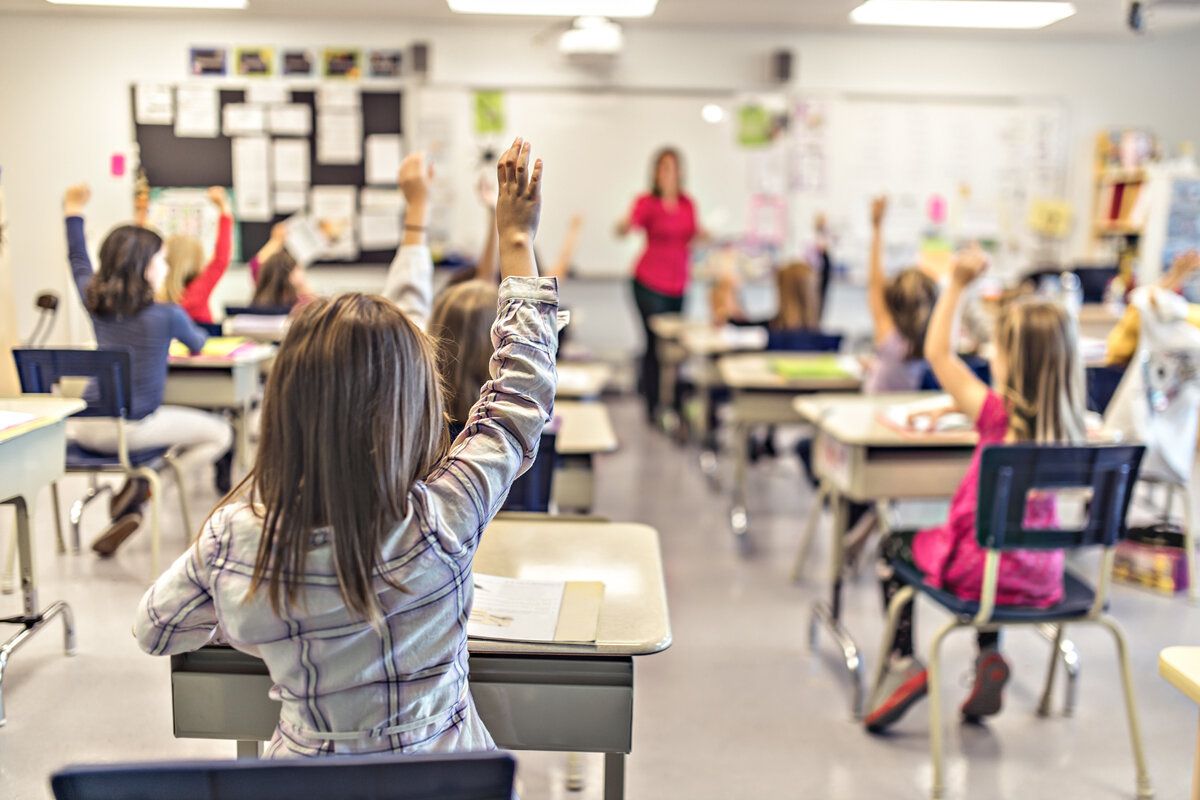
Our Thoughts On
Social, Emotional and Behavioral Support
Great Programs Need Great Implementation
In the last decade all schools have been challenged by the growing social, emotional and behavioral needs of students. The pandemic has magnified the demand for services. All districts have aggressively worked to meet the challenge and while great ideas abound, great implementation has been more elusive. Classroom teachers and other front line staff often report that current efforts too often fall short of their promise. Fortunately, subtle shifts in approach can dramatically increase effectiveness of current strategies.
1. Focus on preventing problematic behavior
Many schools invest too much time and energy into responding to problematic behavior and not enough time to preventing it. Challenging student behaviors are stressing teachers, disrupting instruction, and overwhelming schools. Fortunately, a great deal of research proves these outbursts can be prevented before they happen, teachers can avoid unintentionally triggering such events and students can learn coping strategies.
While powerful, when implemented well, these strategies are not easy to implement. They take a restorative mind set, culturally responsive practices and some staff with behavior management expertise. When prevention, not deterrence, guides the effort students, staff and school climate all benefit.
2. Do a few things really well
Schools want to address the many important aspects of SEL such as improving school climate, creating strong teacher student relationships, addressing unconscious bias, implementing restorative practices, teaching grit and compassion and so much more. The list is appropriate but also overwhelming. Teachers across the country report that they struggle to implement all the good ideas and research based programs, that they are exhausted and burning out from the very efforts intended to help them and their students.
Schools that have dramatically moved the needle on school climate, teacher stress, and student behavior differ from their less successful peers. They don't use different programs or strategies, they just use fewer and implement them really well.
3. Measure impact and implementation
Social and emotional programs are as important as academics, so they should be monitored and refined with the same intensity. When schools roll out new elementary reading programs, for example, they develop formative assessments, regular benchmark tests, instructional coaching, principal walk throughs and other steps to ensure faithful implementation. They gather quantitative and qualitative feedback on actual implementation and monitoring of success. Social, emotional and behavioral programs deserve the same.
School and district leaders should rejoice when these critically important efforts yield results, not when the programs are purchase and the trainings completed.

Where to start?
Every district is different. In studies of more than 200 districts, however two priorities seems to rise to the top, mitigating severe problematic behavior and building trusting relations between students and teachers. A handful of students can overwhelm a teacher, even a school. Left unchecked, students with explosive outbursts can derail their own learning and that of others. On the other end of the intensity spectrum, when teachers build trusting relationships with their students, especially student who may look different from themselves, engagement, climate and learning all improve.
What Success Looks Like
A large urban school reduced major behavioral incidents from 341 to 66 over 4 years by embracing a prevention mindset.
One district increased counseling services 3 fold without adding staff by focusing their time on a few key activities.
A district learned, to its chagrin, that after 3 years of rolling out its SEL program less than 10% of teachers implemented it per the agreed upon plan, despite significant professional development.
Resources
Meeting increased SEL needs despite tight budgets
Best Practices for Addressing Social, Emotional, and Behavioral Needs

